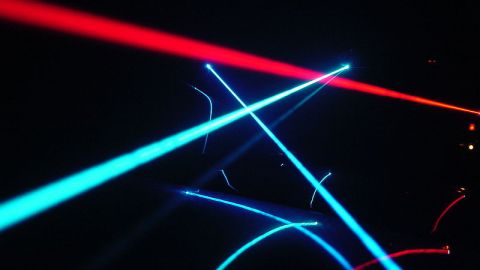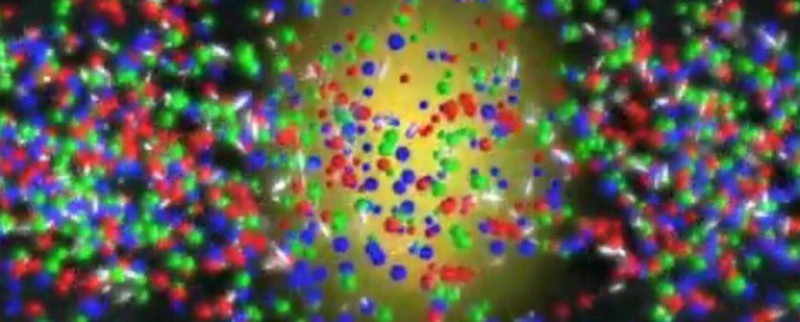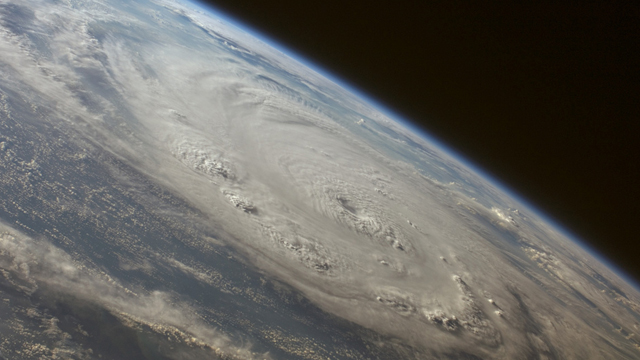Lasers Will Control the Weather

What’s the Latest Development?
A physicist at the University of Geneva says lasers can be used to condense water droplets from thin air by creating nitric acid particles that can bind water molecules and prevent them from evaporating. “These initial water particles form what is known as ‘condensation nuclei’ on which more water droplets can attach and collect, eventually growing into tiny drops just a few thousandths of a millimeter in diameter.” To date, the water molecules collected by scientists are one hundred times too small to form raindrops.
What’s the Big Idea?
Scientists are optimistic that this technology will one day be able to condense water molecules large enough to fall to the Earth, thereby creating rain. Conversely, the technology could be used to create tiny water molecules so multitudinous that raindrops would be prevented from condensing, stopping rain before it starts. Compared to a method used in 2009, when a Chinese team created artificial clouds to induce rain, using a laser means there is an on/off switch which removes a certain amount of guess work.





